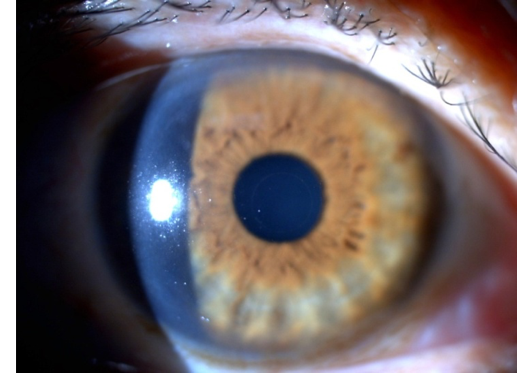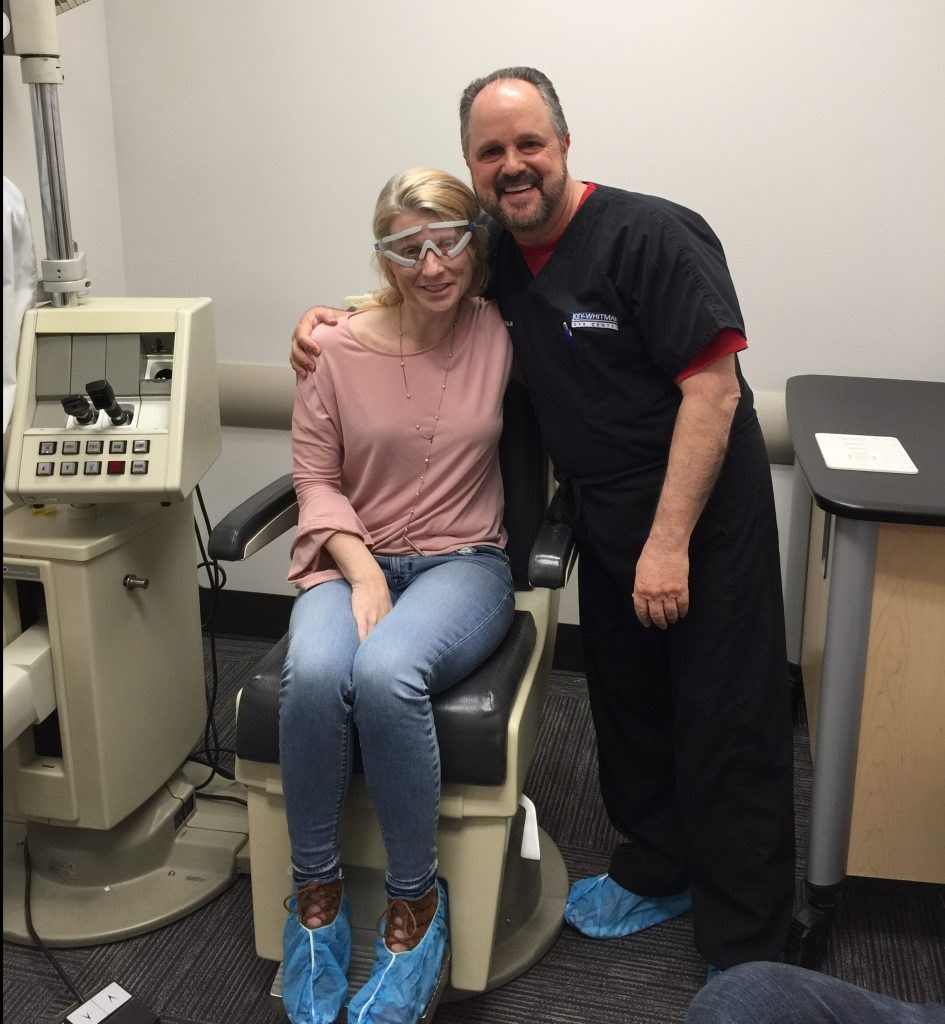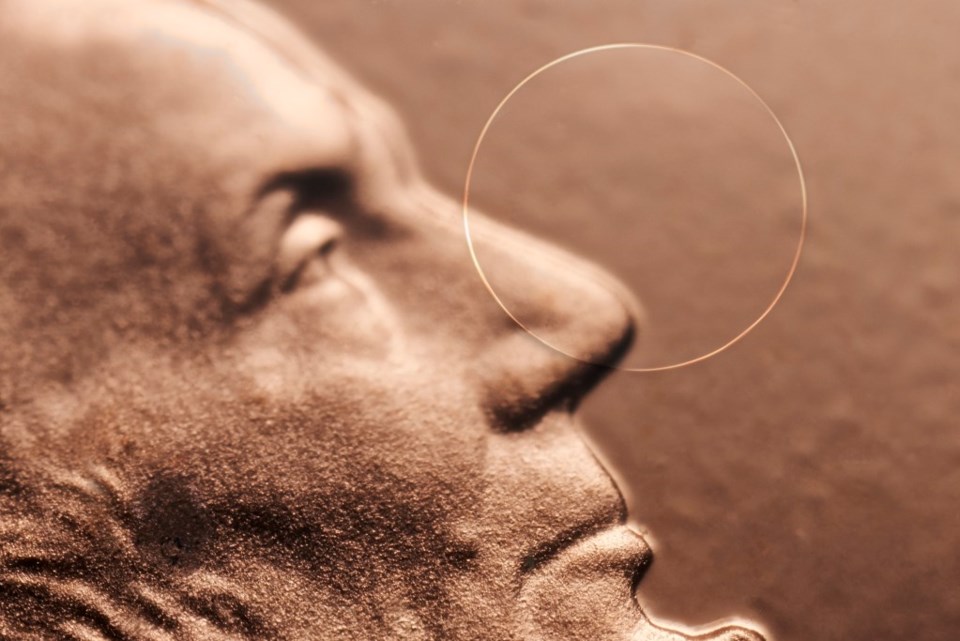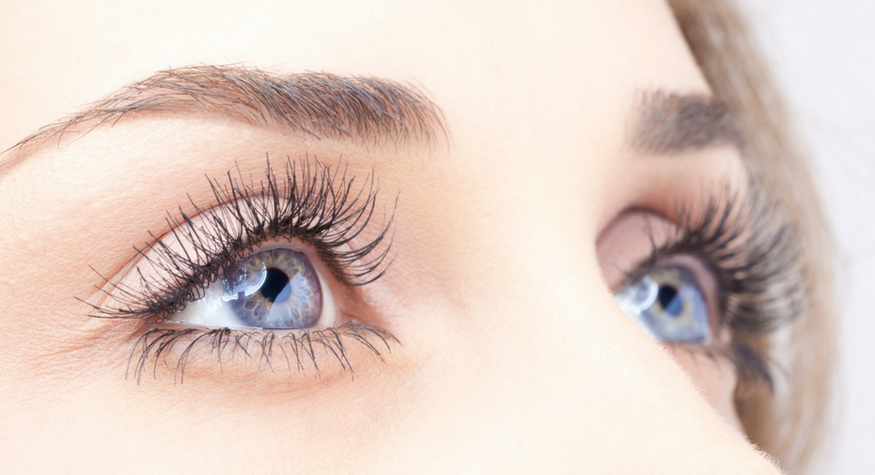Key Whitman Eye Center Performs the new Raindrop® Near Vision Inlay Procedure to Improve Near Vision – Here are the Facts
Raindrop is the world’s first inlay to change the shape of the cornea (the clear, front part of the eye) to improve near vision and it is designed to help reduce or eliminate the need for reading glasses.

The outpatient procedure takes about 10 minutes and patients return to most of their daily activities the next day. Raindrop is receiving a great deal of interest with the recent FDA approval in June of 2016.
Plano Profile’s own Dara Craft is one of the first to get the procedure done in the Dallas-area. “The procedure took about 15 minutes, and today I can see in the distance and close up. I just put in eye-drops four times a day. That’s it! It is amazing! Zero pain and truly a piece of cake. I’m so excited about this new procedure and others will be as well.”

But how does it work? Who is it right for? Key Whitman Eye Center understands that many people have questions about Raindrop, so they’re helping by providing some answers to frequently asked questions.
What is new about this implant and procedure?
Raindrop is the world’s first inlay to change the shape of the cornea (the clear, front part of the eye) to improve near vision and designed to reduce or eliminate the need for reading glasses. The outpatient procedure takes about 10-minutes and patients are able to resume most normal activities the next day.
Raindrop is incredibly small – about the size of a pinhead and less than half the thickness of a human hair – and is bioengineered to mimic the natural cornea. It is made of a soft, biocompatible material similar to a soft contact lens, comprising of approximately 80 percent water.
Who should consider the Raindrop Near Vision Inlay?
Age related loss of near vision or presbyopia is the condition that leaves many of us reaching for reading glasses in our 40s and early 50s. Anybody who needs reading glasses for daily tasks such as using mobile phones, reading a menu, fine print or doing close-up work may be a candidate.
What causes this condition?
Presbyopia, or age related loss of near vision, happens when your lens loses elasticity, making it difficult to change your focus to see objects up close. Everyone — yes, everyone — will eventually develop presbyopia.
How effective is the Raindrop Near Vision Inlay procedure?
Most people who have had the Raindrop implanted, see an improvement in their near vision by one week and it continues to improve for several weeks. Patients need to use eye drops for several months for comfort and healing.

What is the inlay, exactly?
It is a tiny disc, about the size of a pinhead. It is comprised of approximately 80 percent water and is placed just beneath the surface of the eye. It works by gently changing the central curvature of the cornea, clear front part of the eye.
How long does it take?
The procedure is complete in 10-15 minutes, usually.
Is it painful?
Numbing drops are given for the procedure, but most patients do not experience any pain.
Does it have to be done with LASIK?
No, it is designed to be performed without LASIK. The procedure does require the use of an ophthalmic laser to create a LASIK-like flap just beneath the surface of the eye.
What is the Raindrop Near Vision Inlay made of?
It is a soft, biocompatible material, similar to a soft contact lens, which has similar properties and water content as the cornea.
Does it interfere with far vision?
One Raindrop Near Vision Inlay is placed in the cornea of the non-dominant eye. Both eyes work together to create one image. The near vision is improved in the Raindrop eye, while the distance is slightly affected. With both eyes working together there is not a compromise for distance vision and patients still have a significant improvement in near vision.
Is it safe for the eye?
Extensive trials and usage show that it is safe. This was confirmed by the US FDA. Raindrop is bioengineered to facilitate the transport of nutrients and fluid to the eye.
Will people know I am wearing one?
No. It is transparent, so no one will realize there is a Raindrop in your eye.
How does it work in low light?
Very well. Since Raindrop is transparent 99.7% of light passes through the inlay reaches the back of the eye where the image is processed.1 Raindrop offers patients good performance in all lighting conditions.
For more information contact Key Whitman Eye Center




